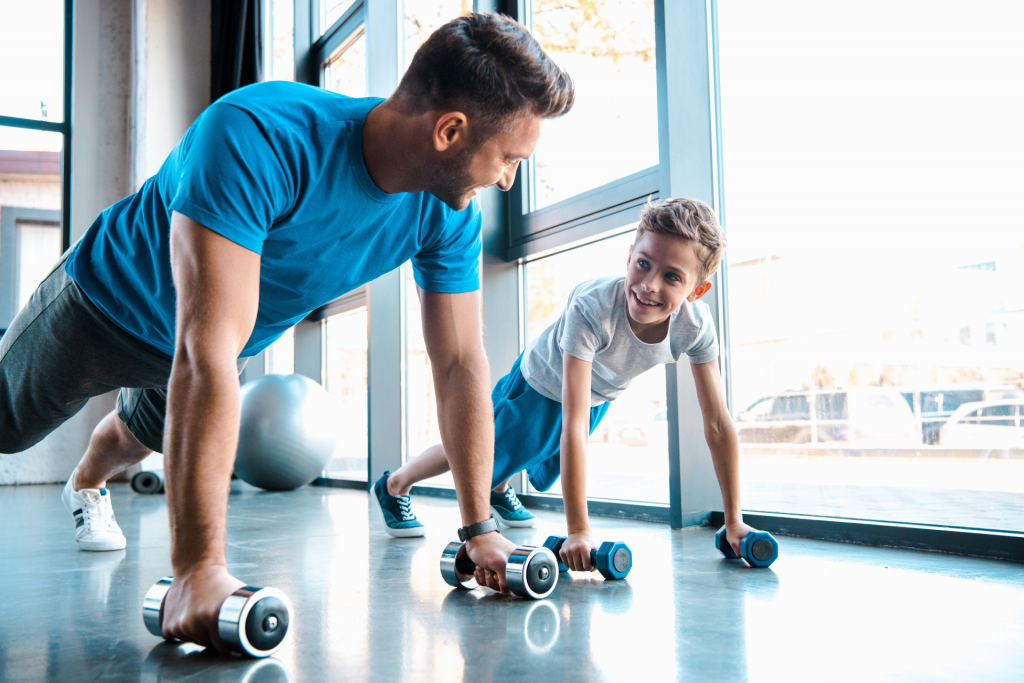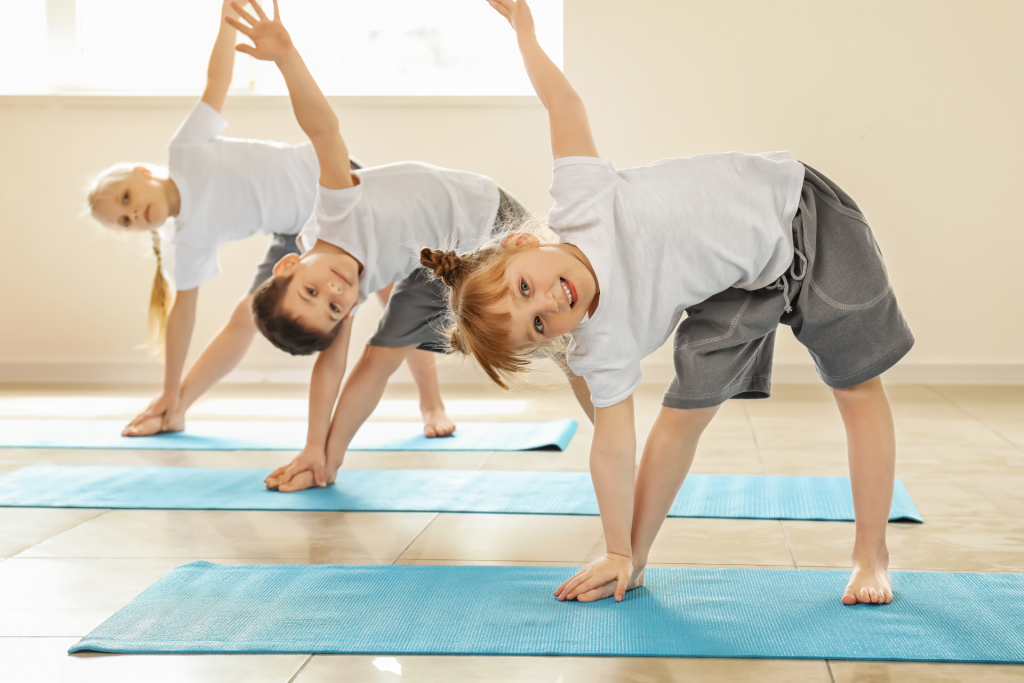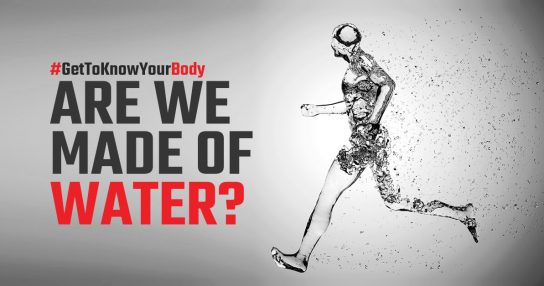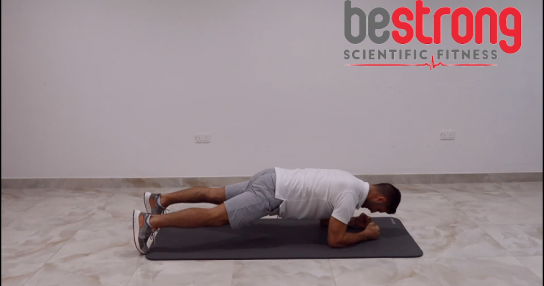Sport and physical activity are important for the psycho-physical development of every human. The fact that everyone will absolutely agree. However, like many things that affect a person’s development, physical exercise, if not dosed correctly and at the right time, can be detrimental and disrupt that development.
Social status, financial gain, and many other things that professional sport brings today have led that initial idea of a particular physical activity as a tool for helping a child reach his or her full psycho-physical potential, disrupt, and, in many cases, becomes destructive. The chance of a young athlete succeeding as a professional athlete is minimal. Probably because of this reason, parents, personal trainers, coaches of younger categories often make mistakes regarding the choice of the sport the time when a child is involved in sports and competitions, as well as the number and intensity of training they spend in and off season.
| NCAA Participants | Approximate # Draft Eligible | # Draft Picks | # NCAA Drafted | % NCAA to Major Pro | % NCAA to Total Pro | |
| Baseball | 35,460 | 7,880 | 1214 | 775 | 9.8% | — |
| M Basketball | 18,816 | 4,181 | 60 | 52 | 1.2% | 21.3% |
| W Basketball | 16,614, | 3,692 | 36 | 34 | 0.9% | 6.9% |
| Football | 73,557 | 16,346 | 256 | 255 | 1.6% | |
| M Ice Hockey | 4,229 | 940 | 217 | 65 | 6.9% |
https://ncaaorg.s3.amazonaws.com/research/pro_beyond/2019RES_ProbabilityBeyondHSFiguresMethod.pdf
Generally, we call this whole process an early specialization in sports. A phenomenon that has been discussed a lot lately. The universal definition, accepted by most experts, still does not exist. But if we had to explain it briefly, we would say that it would be putting kids in too sports and competition too early. In addition to this fact, another important thing that early specialization involves is including your child to just one sport or form of physical exercise.
But let’s not talk about the downside of sports right away. As we already know, the positive effects of sports are multiple. This is, among other things, confirmed by the World Health Organization. Development of musculoskeletal structures; development of cardiovascular structures; positive impact on body mass index; children’s perceptions of health; developing neuromuscular awareness are just some of the positive effects of involving children in sports. In addition to that, the effects of sport are visible and affect certain psychological components such as the ability to express personal needs, interaction with people, socialization, etc.

As recommended by the WHO itself, children should be included in high or moderate-intensity activities at least twice a week for 60 minutes. Also, it is necessary to have three workouts per week to strengthen the muscular and skeletal structures.
Unfortunately, as we mentioned, very often, parents, personal trainers, coaches make the wrong steps that bring undesirable effects. First of all, early specialization is not a guarantee of a child’s success in sports. Many top athletes who have achieved high results and set standards in specific sports disciplines participated in two or more different sports activities when they were younger. Second, children who specialize in one sport too early are more likely to get hurt. Many factors can support this, but the most important is that intensity and volume of training and competition most often do not accompany the development of the musculoskeletal system. In this sense, the young athlete’s locomotor system suffers many micro traumas that accumulate and will not allow them to reach their full potential later in a carrier.
| INTRISTISIC FACTORS | EXTRINSIC FACTORS |
| Anatomic malalignment | Improper training methods |
| Prior injury | Poor technique |
| Poor conditioning | Improper surface for practice and competition |
| Growth | Excessive pressure from peers, coaches and parents |
| Menstrual dysfunction | Inappropriate equipment |
Third, children do not have the right idea of health. We can hear that athlete is overtraining too often today. This is due to the accumulation of training in excess intensity or not enough rest between them. Children accept this mode of work as the only right one, which leads to a bad image of health, and to the training itself, which for them is useless if they did not give 100%. Another problem connected to this is that children leave the sport too early. It is often heard that the athlete is burnout due to the excessive mental and emotional discharge that their sport requires. As a result, the athlete loses the will and motivation that initially tied them to the chosen sport. In addition to this problem, we can say that children who are victims of early specialization look at the sport as a much less fun activity. In addition to the factors above, many others can eventually lead to a thing that no one wants for sure, and that is not fulfilling a child’s full potential.

Some of the recommendations that can serve to avoid risk concern the overall control of the risk factors we have outlined. First of all, your child should participate in at least two sports by the age of 12. As a second guideline, we can use a WHO recommendation that says that children should not engage in physical exercise for more than 16 hours a week. The third, crucial point is the division of activities in these 16 recommended hours of practice into organized and unorganized activities. Planned activities include training and competitions in chosen sports but also physical education classes at school. As non-organized activities, we consider all other activities that the child performs, which is mostly done through play. The ratio between the two types of events should be 2:1 in favor of disorganized activities. So you need to encourage your child to play. As a final recommendation, which comes from WHO itself and is the ultimate limiting factor in the total volume of activity every week, says that the child should be dosed with exercise for the same number of hours as his current age. This means that if a child is 7 or 8 years old, hours of training during the seven days should not exceed 7 or 8 hours.
Educating a child and taking him on the right path is not easy. Sport can be a useful tool in this task if you use it optimally. Finally, this should be said. Listen to your child; often, the answers are heard in those conversations.









